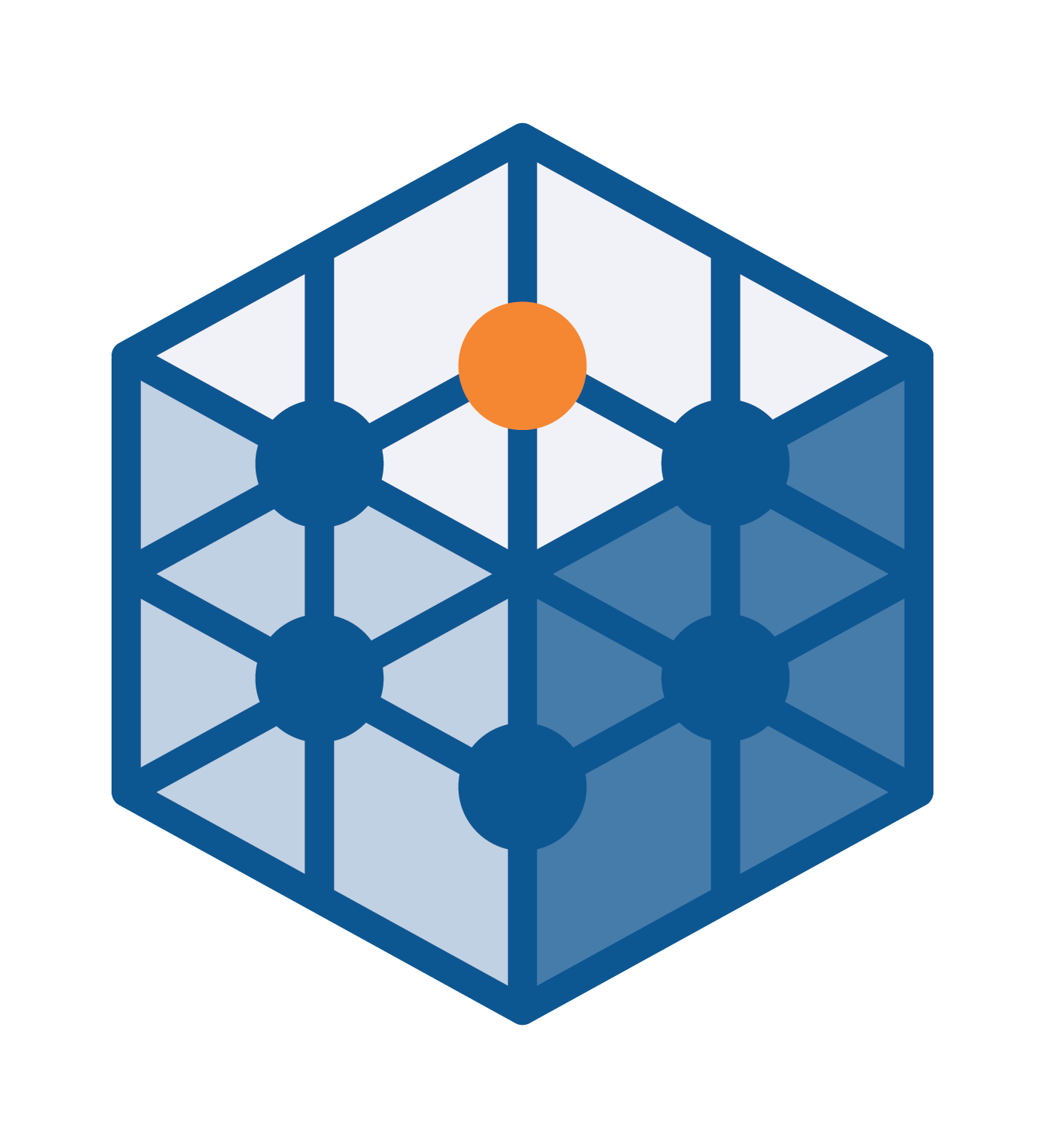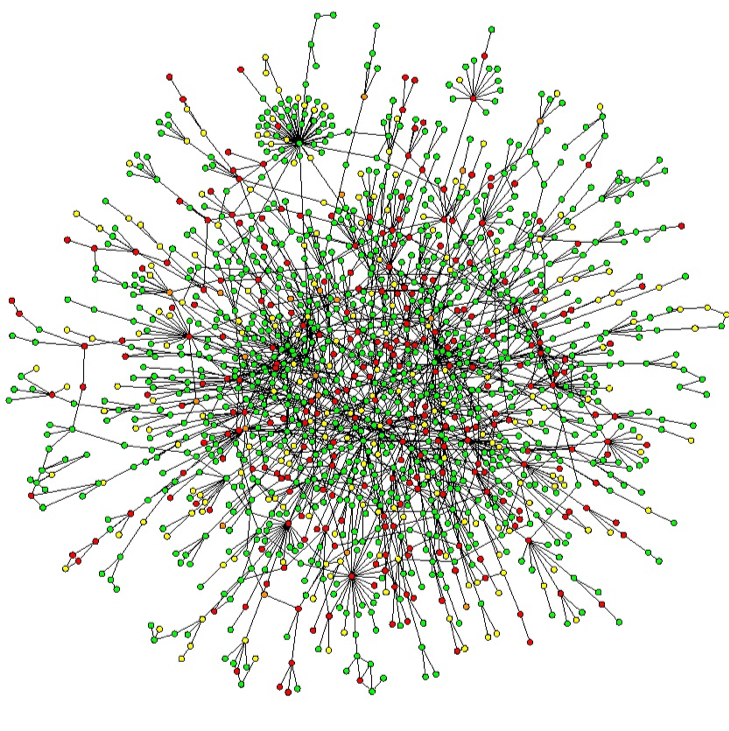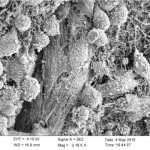Human and synthetic scaffolds
We want to establish the scaffold technology as the gold standard for cancer drug development . Using our technology we aim to develop novel successful treatments for aggressive cancer.
Curing Cancer
By the use of Iscaffpharmas proprietary technology we aim to establish the scaffold technology as gold standard in cancer drug development. We have proven that the created scaffold keep important and relevant information enabling discovery and validation in human like setting.
Iscaffpharma provide:
- New technology with patient derived and 3D synthetic scaffolds available that mimic true human environment
- Improved target and lead generation
- Drug validation and screening
- Individualized treatment and companion diagnostics
Our technology enhances the success rate in clinical development of cancer drugs.

Generating precision medicine
Current models
Todays models are mainly focusing on the cancer cells and the regression of tumour size. Research normally starts with identified targets and then move into 2D and patient derived Xenograph models.
However, the use of such models often result in a low success rate in clinical development. One reason for this is that the models don’t take into account the human cancer microenvironment and the effect it has on the aggressiveness of cancer cells.
Our Scaffold Technology
Iscaffpharma’s patient derived and synthetic scaffolds allow research on the tumour promoting effects of the environment. Our patented technology decodes the human cancer microenvironment allowing target discovery, drug validation and screening. The in vivo like technology increases success rate of cancer projects by using human and synthetic scaffolds that mimic true human cancer microenvironment.
– In vivo like. Mimics true human environment
– Predicting recurrent cancer
– Indicating effects on phase 3 endpoints
Tumor Scaffold analysis
In this illustration the difference between the tumour promoting effects in the environment of two patients is shown.
The scaffolds have been repopulated with the same cancer cell line and gene expression analysis gives information on how the cancer cells have evolved.
- A human, in-vivo like test of the tumour promoting effect of the environment.
- Measured by changes in gene expression of cancer reporter cells
- Identyfing properties driving tumour aggressiveness


Methodology validated in humans
The scaffolds in the example are derived from breast cancer samples collected from Biobank Väst, Sahlgrenska University hospital. The biobanked tumours provide extensive data regarding patient characteristics, tumour typing and morbidity/mortality.
The scaffolds provide prediction of significantly increased risk of breast cancer recurrences for patients having an active micro-environment (high-group) inducing high expression of marker genes in the assay, using univariate and multivariate analyses.
Adapted from: Patient-derived scaffolds uncover breast cancer promoting properties of the microenvironment by Göran Landberg et al Biomaterials Volume 235, March 2020, 119705
Methodology validated in humans
The scaffolds in the example are derived from breast cancer samples collected from Biobank Väst, Sahlgrenska University hospital. The biobanked tumours provide extensive data regarding patient characteristics, tumour typing and morbidity/mortality.
The scaffolds provide prediction of significantly increased risk of breast cancer recurrences for patients having an active micro-environment (high-group) inducing high expression of marker genes in the assay, using univariate and multivariate analyses.

Relevant pathways, mechanisms and proteins identified
Iscaffpharmas research has identified several patented proteins responsible for inducing aggressive cancer. Our technology helps:
- Understanding the impact of different proteins in the environment
- Identifying and validating new treatment targets
- Creating a 3D scaffold screening technology, based on human scaffolds







